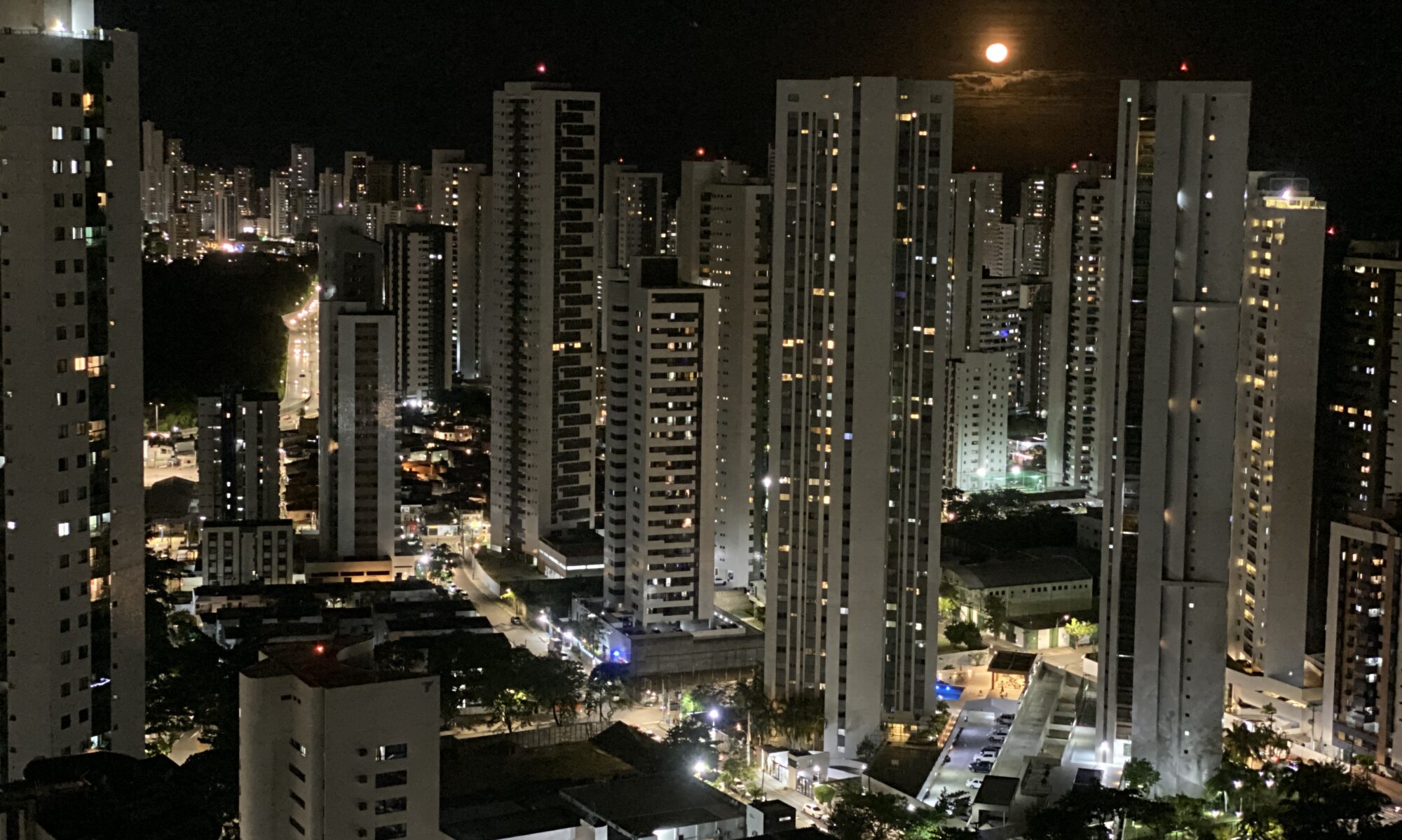Known as the land of abolition – it was the first province of the Brazilian Empire to abolish slavery, in 1884, five years before the rest of the country – Ceará is the third largest economy in the North East Region of Brazil, behind Bahia and Pernambuco. The capital, Fortaleza, has a modern architectural profile and is an important tourist centre.
Ceará has been on the fore on many occasions in Brazilian history. When it was still a captaincy, Jose Martiniano de Alencar proclaimed a republic. This provoked the wrath of the Portuguese Crown, which punished the leader of the rebellion. The inhabitants twice repelled Dutch invaders (1644 and 1654), who were responsible for founding Fortaleza. Colonised by the Portuguese from the middle of the seventeenth century on, the local population took an active part in the struggle for Brazilian independence in 1822, and two years later joined the Confederation of the Equator, a rebellion inspired by republican ideals. In the reign of D. Pedro II the province achieved great progress with the coming of steamships, railways, gas lighting and the telephone.
In recent years, after centuries of a predominantly agrarian economy, Ceará has entered a boom in industrial development. The industrial sector expands each year and in 1994 its share in the State GDP was 35.8%. Textiles are the most important industry. The clothing industry in Ceará is the second largest in Brazil in terms of production and exports after the clothing industry of São Paulo State. Industrialisation is continuing in textiles, shoes, furniture, food, mining, publishing, printing and metallurgy.
The retail trade of the State is made up of 9,500 outlets. In agriculture, Ceará’s principal products are rice, bananas, sugar cane, cashew nuts, coconuts, black beans and cassava. In recent decades, agriculture has become an important export industry, and the products exported are headed by cashew nuts. The State also exports fabrics, palm wax, cotton and polyester fibres, leather, skins, prawns, lobsters and tropical fruits, among other products. The arts and crafts industry is also important economically and provides a considerable number of jobs.
In 1995 the Port of Fortaleza, with a capacity for cargo ships of up to 50 thousand tons, handled 3.2 million tons in imports and exports. 47 kilometres from Fortaleza a new port complex is being constructed to handle industrial cargo of greater bulk, such as steel and oil.
Ceará’s road network, consisting of a mixture of state and federal paved roads, is linked to the national highway system. Infrastructure is complemented by a rail network consisting of two trunk lines, totalling 1,435 kilometres in length, which connect Ceará to neighbouring states.
Situated at the centre of the critical drought area of Brazil, Ceará has the capacity to store more than 12 billion cubic metres of water in dams and reservoirs. Since 1960, the State has been able to count on the Oros Dam, one of the largest water reservoirs in the world, comparable to that formed by the Aswan Dam in Egypt. In 1995, construction work began on the huge Castanhão Dam, which will have the capacity to store 6.5 billion cubic metres of water.
Ceará is the land of the Caboclos, descendants of interbreeding between Indians, Negros and Portuguese, and is one of the most important cultural poles of Brazil, marked by popular religious sentiment and by the presence of its intellectuals in the literature and art of the nation. From Ceará come the writers Jose de Alencar, one of the greatest Brazilian novelists from the so-called Indianist movement in Brazilian literature, and Rachel de Queiroz, an important name among regionalist writers.
Hot all the year round with a reasonable temperature at night, Ceará possesses a diversified ecosystem, made up of areas of caatinga (bush country), Atlantic Forest, scrub pasture and mangrove swamps. Besides industrial growth, the area which has developed most in the last two decades is tourism. Fortaleza receives on average half a million tourists annually, attracted largely by the 576 kilometre coastline of Ceará, with its 87 beaches and long stretches of dunes. Among the various tourist attractions of the interior, mention must be made of Ubajara National Park, with its grottoes, waterfalls and paths which are ideal for tracking.

